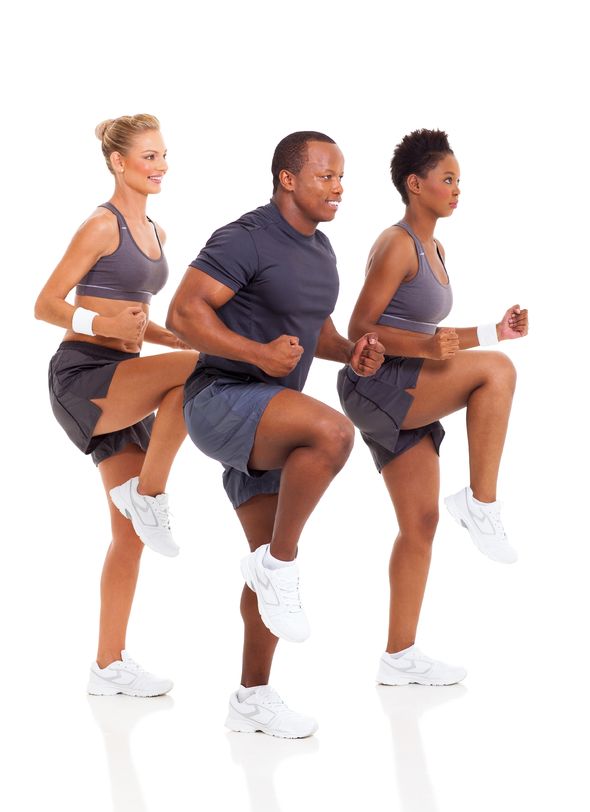This test is run by .
Note that your final mark will not be saved in the system.
Note that your final mark will not be saved in the system.
Use of warm-ups and cool-downs Typeit
Target Level
4-5
Running Total
0
0%
Attempt
1 of 3
Type the correct answers into the spaces. Fill all the spaces before clicking ‘Check Answers!’

Warm-ups are an important consideration for athletes. They can enhance performance by increasing the range of motion (flexibility) through stretching and reducing the likelihood of injury. Let's explore the benefits of warming up below:
Benefits of warming up:
- Body temperature is gradually , preparing the body for exercise
- increases the range of movement around a joint as blood flow increases to the working muscles and connective tissues
- preparation of the body for exercise reduces the shock of sudden exercise
- The athlete will be physiologically and prepared
- Increased delivery of to the working muscles
- The athlete can practise sport-specific in preparation for exercise
- Reduced likelihood of
Similarly, cool-downs help athletes gradually return their bodies to a resting state. They also reduce the effects of fatigue in the hours and days following exercise. Let's explore the benefits of cooling down below:
Benefits of cooling down:
- A cool-down allows the body to by gradually lowering the heart rate and preventing stiffness
- Helps remove , carbon dioxide and other waste products from the body
- Reduces the likelihood of caused by tight muscles when returning to training
- Helps prevent delayed muscle soreness (DOMS)